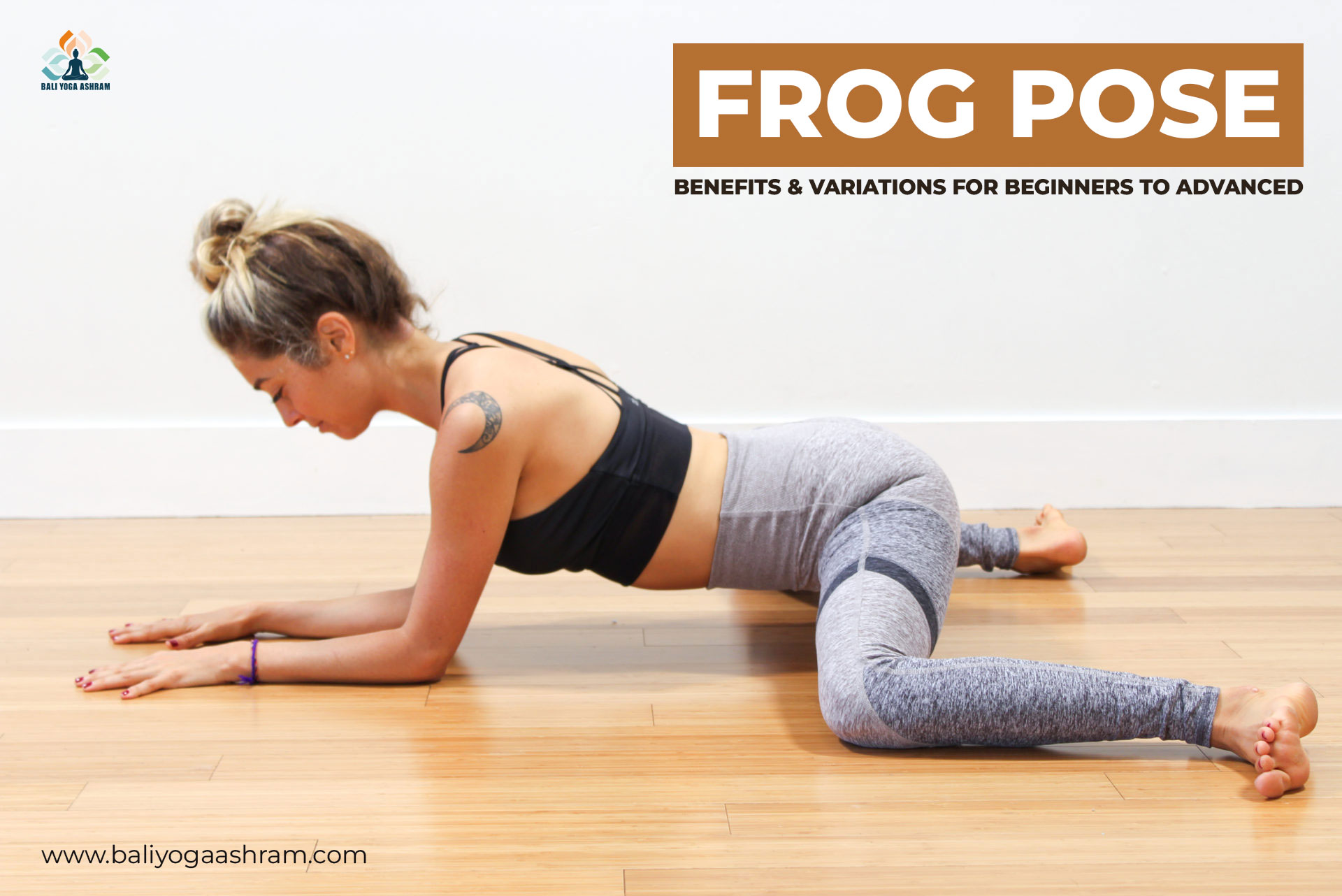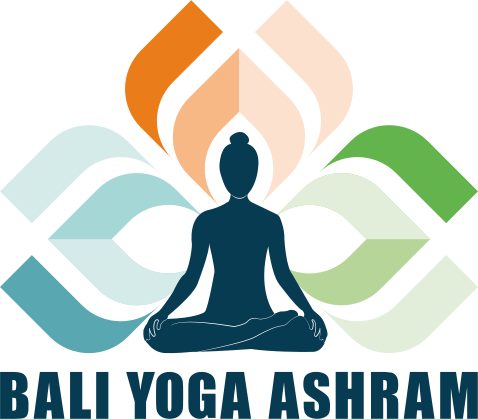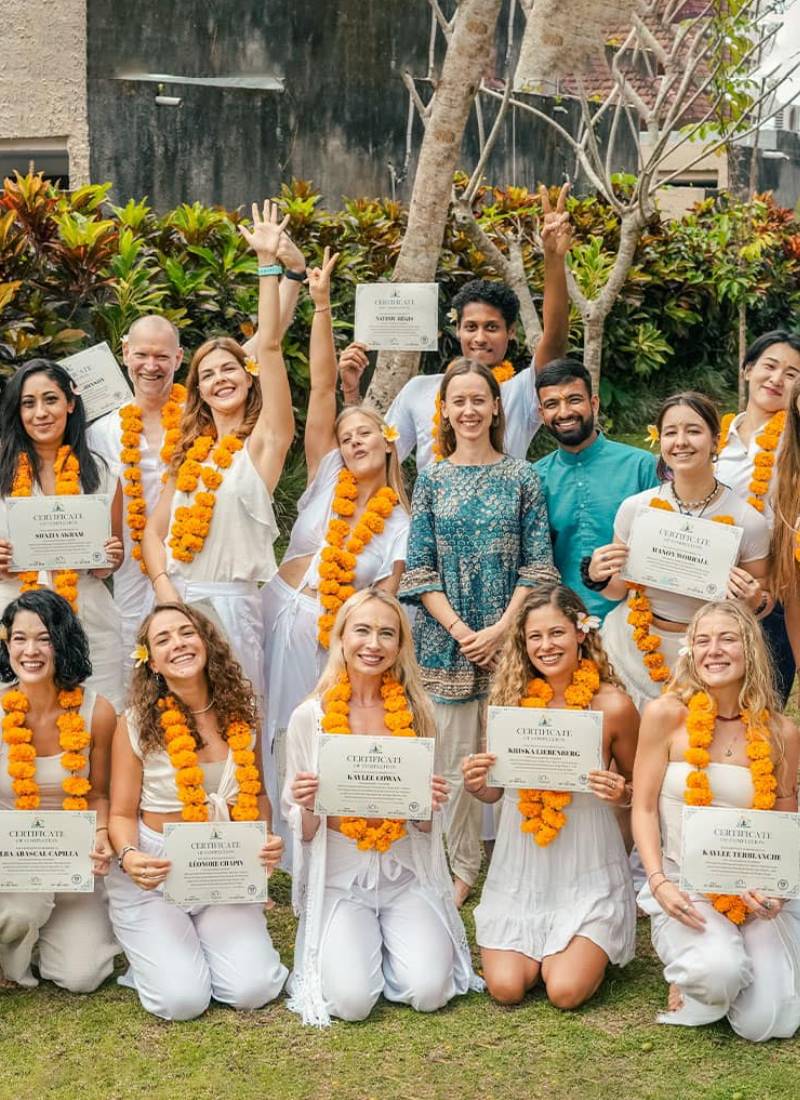
An Introduction to Frog Pose: Frog Pose gets its name from the way it mimics the posture of a frog. To perform this asana, you begin on all fours, with your hands under your shoulders and your knees under your hips. From this tabletop position, you gradually widen your knees as far apart as you comfortably can, ensuring your toes remain touching the ground. Your feet should point slightly outward, creating a right angle between your thighs and calves.
The essence of Frog Pose lies in the stretch it provides to the hips, inner thighs, and groins. It is a deep, restorative stretch that is particularly beneficial for those who have tight hips, experience lower back pain, or simply want to enhance their overall flexibility. The asana’s unique positioning also offers an opportunity for relaxation and grounding, making it an excellent choice for reducing stress and tension.
Stretching with Frog Pose: Flexibility and Relaxation in One Asana
Frog Pose, or Mandukasana, is a unique and powerful yoga posture that combines deep stretching with a profound sense of relaxation. This asana offers numerous physical and mental benefits, making it an invaluable addition to your yoga practice. In this article, we will explore the complexities of Frog Pose, its advantages, and how it provides both flexibility and relaxation.
Benefits of Frog Pose
- Hip Flexibility: Frog Pose is renowned for its effectiveness in stretching and opening the hip flexors. This is especially valuable for individuals who sit for long hours during the day, as it counteracts the hip stiffness that can result from prolonged sitting.
- Inner Thigh Stretch: The asana provides a deep and gentle stretch to the inner thighs, which is essential for improving flexibility in this often-neglected area.
- Groin Release: It helps to release tension in the groin muscles, reducing discomfort and promoting better mobility.
- Lower Back Relief: The stretching in Frog Pose can alleviate lower back pain by encouraging the lengthening and relaxation of the lumbar spine.
- Improved Posture: Regular practice can lead to improved posture, as it encourages better alignment and balance in the lower body.
- Stress Reduction: The grounding nature of Frog Pose can promote relaxation and stress reduction. As you hold the pose, focus on your breath and let go of mental tension.
- Pelvic Floor Health: It strengthens and engages the muscles of the pelvic floor, which can be especially beneficial for women in maintaining pelvic health.
- Digestive Benefits: The compression and release in Frog Pose can stimulate and massage the organs in the abdominal area, potentially aiding digestion.
- Circulation: By opening the hips and increasing blood flow to this region, Frog Pose can boost overall circulation.
Practicing Frog Pose (Advanced version)
To perform Frog Pose correctly and safely, follow these steps:
- Begin in a tabletop position, with your wrists under your shoulders and your knees under your hips.
- Gradually widen your knees apart as far as you can comfortably manage. Keep your feet flexed and your toes pointing slightly outward.
- Ensure that your ankles align with your knees, creating a right angle between your thighs and calves.
- Gently press your hips back and down toward the floor, feeling the stretch in your hips and groins. Keep your spine straight, and avoid rounding your back.
- You can choose to stay in the asana in a static position or perform gentle rocking movements to enhance the stretch.
- Breathe deeply and mindfully, allowing your breath to aid in the relaxation and release of tension.
- Hold the pose for 1-2 minutes or as long as is comfortable for you.
- To exit the pose, gently move your knees back toward each other and return to a tabletop position.
Beginner Variation
Frog Pose, or Mandukasana, is an excellent yoga posture for opening the hips and stretching the inner thighs. However, it can be quite challenging for beginners due to its intensity. To make this pose more accessible, try the following beginner-friendly variation.
Props You’ll Need:
- A yoga mat or comfortable surface.
- Two yoga blocks (or thick books).
- A cushion or folded blanket for support.
Steps:
- Begin in a tabletop position on your hands and knees, with your wrists under your shoulders and your knees under your hips.
- Gradually and gently move your knees away from each other, finding a comfortable distance. Ensure your toes are pointing backward.
- Place one yoga block under each thigh, parallel to your body, to provide support and prevent overstretching.
- Slowly move your pelvis back, gently lowering it onto the cushion or folded blanket to find a comfortable and supported position.
- Close your eyes, take deep breaths, and relax into the stretch. Stay in this position for a few minutes, gradually increasing the time as you become more comfortable.
- To exit the pose, remove the blocks and bring your knees back together. Transition to Child’s Pose or another comfortable resting position.
Incorporating Frog Pose into Your Practice
Frog Pose can be integrated into your yoga routine as a standalone stretch or as part of a larger sequence. It is often found in yin or restorative yoga practices, as it encourages a sense of grounding and relaxation.
Consider pairing Frog Pose with other hip-opening asanas, such as Pigeon Pose or Butterfly Pose, to create a comprehensive practice that improves flexibility and eases tension in the lower body.
As with any yoga practice, consistency is key. Regularly incorporating Frog Pose into your routine will allow you to experience its full range of benefits, including increased flexibility, reduced stress, and improved overall well-being.
Frog Pose is a unique and valuable addition to any yoga practice, offering deep stretching and relaxation in one asana. By focusing on your breath and embracing the stretch, you can experience the physical and mental benefits that this pose provides. Whether you’re seeking to improve flexibility, reduce stress, or simply unwind after a long day, Frog Pose can be a ribbiting addition to your yoga practice.
Learn more about this posture and many more postures in our Yoga Teacher Training Course in Bali.

